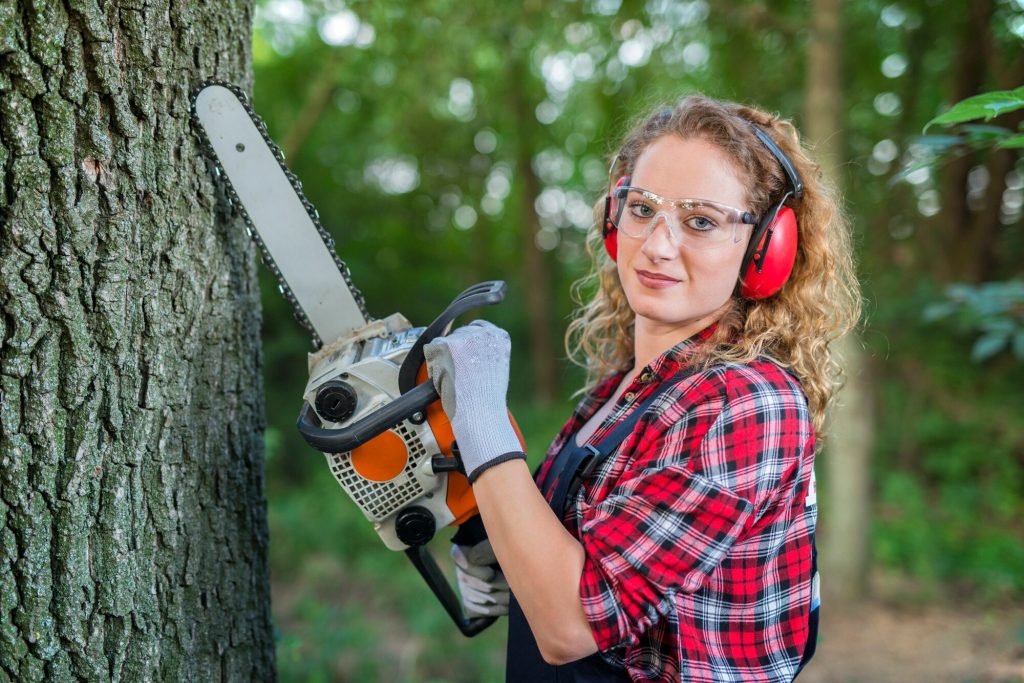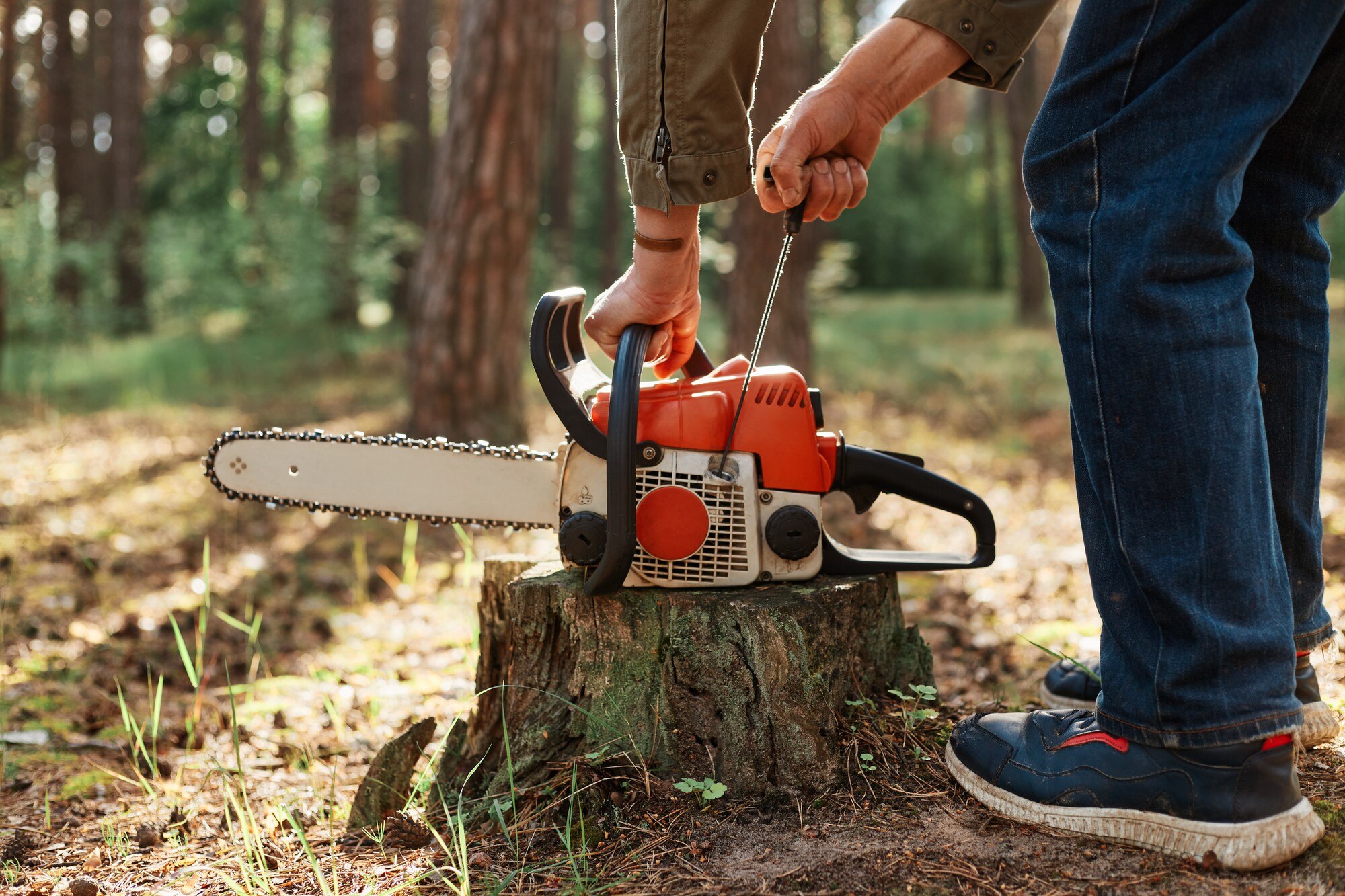Trees are an integral part of our environment. They provide shade, improve air quality, and enhance the aesthetic appeal of our surroundings.
However, like any living organism, trees require regular care and maintenance. One such essential service is tree lopping.
Tree lopping, often performed by a professional tree lopper, involves the removal of large sections of a tree. This can include the limbs, branches, or even the top of the tree.
The process is not just about keeping your trees in good shape. It’s also about ensuring the safety of your property and the people around it.

In this article, we will delve into the benefits of regular tree lopping services. We will also guide you on how to choose the right tree lopper for your needs.
So, whether you’re a homeowner, a property manager, or simply a tree enthusiast, read on to learn more about this vital tree care service.
Understanding Tree Lopping
Tree lopping is a common practice in arboriculture. It involves the removal of large sections of a tree, such as the branches or the top.
The primary objectives of tree lopping are to:
- Maintain tree health and safety
- Prevent potential property damage
- Enhance tree aesthetics and shape
- Improve sunlight penetration and air circulation
- Ensure clearance around power lines and structures
However, tree lopping is not a one-size-fits-all solution. It requires a tailored approach based on the tree species, location, and specific needs.
What is Tree Lopping?
Tree lopping is a method of tree management. It involves cutting sections of a tree to reduce its size or to remove dead or diseased branches.
This practice is often necessary for trees that have grown too large for their surroundings. It can also be used to shape trees for aesthetic purposes or to improve their health and longevity.
However, tree lopping should always be carried out by a professional. Improper lopping can lead to tree stress, disease, or even death.
The Difference Between Tree Lopping and Pruning
While both tree lopping and pruning involve cutting parts of a tree, they serve different purposes.
Pruning is a more selective process. It involves removing specific branches or stems to benefit the whole tree.
On the other hand, tree lopping is more extensive. It often involves removing large sections of the tree, which can significantly alter its structure.
Both practices have their place in tree management, but they should be used appropriately and professionally to ensure the health and safety of the tree.
The Importance of Tree Health and Safety
Trees are an essential part of our environment. They provide shade, improve air quality, and add beauty to our landscapes.
However, trees can also pose risks if not properly maintained. Overgrown branches can become hazardous, especially in stormy weather.
Regular tree lopping can help mitigate these risks. It ensures that trees are in good health and not posing a threat to people or property.
Moreover, tree lopping can also help detect potential issues early. This includes diseases or pests that could harm the tree or spread to others in the vicinity.
Preventing Property Damage
Overgrown trees can cause significant property damage. This is especially true in the event of a storm or high winds.
Branches can break off and fall on buildings, vehicles, or power lines. In extreme cases, the entire tree may topple over.
Regular tree lopping can help prevent such incidents. By removing excess weight and ensuring the tree’s stability, the risk of damage is significantly reduced.
Enhancing Aesthetics and Shape
Trees contribute significantly to the aesthetic appeal of a property. However, without proper care, they can become overgrown and unruly.
Tree lopping can help maintain the shape and appearance of trees. It allows for the removal of unsightly branches and promotes balanced growth.
Moreover, a well-maintained tree can enhance the overall landscape. It can provide a focal point in your garden or complement other elements of your property’s design.
The Benefits of Regular Tree Lopping
Regular tree lopping offers numerous benefits. It’s not just about maintaining the aesthetics of your property.
Tree lopping can improve the overall health of your trees. It can also prevent potential hazards and contribute to a safer environment.
Here are some key benefits of regular tree lopping:
- Improved tree health and lifespan
- Enhanced safety and prevention of property damage
- Better sunlight penetration and air circulation
- Maintenance of tree shape and aesthetics
Sunlight Penetration and Air Circulation
Overgrown trees can block sunlight. This can affect the growth of other plants in your garden.
Regular tree lopping can ensure adequate sunlight penetration. It can help create a balanced and thriving garden ecosystem.
Moreover, tree lopping can improve air circulation. This can contribute to healthier trees and plants.
Clearance for Safety
Trees growing near power lines or buildings can pose a safety risk. Overgrown branches can cause damage or even lead to power outages.
Regular tree lopping can provide necessary clearance. It can prevent potential hazards and ensure safety.
Moreover, tree lopping can also prevent the spread of tree diseases. It can help maintain a healthy and safe environment.
Lifespan and Health of Trees
Regular tree lopping can contribute to the lifespan of your trees. By removing dead or diseased branches, it can prevent the spread of decay.
Moreover, tree lopping can promote new growth. It can help maintain the overall health of your trees.
In the long run, regular tree lopping can contribute to a thriving and sustainable garden.
Choosing the Right Tree Lopper
Choosing the right tree lopper is crucial. It’s not just about finding someone who can cut branches.
You need a professional who understands the science behind tree lopping. Someone who can ensure the health and safety of your trees.
Moreover, the right tree lopper can provide valuable advice. They can guide you on the best practices for tree care and maintenance.
Finally, a professional tree lopper can offer peace of mind. They can ensure that the job is done safely and efficiently.
Qualifications and Certifications
When choosing a tree lopper, check their qualifications. They should have relevant training in arboriculture.
Certifications can also indicate their level of expertise. Look for certifications from recognized industry bodies.
Remember, a qualified tree lopper can provide quality services. They can ensure the health and longevity of your trees.
The Importance of Insurance
Insurance is another important factor. Tree lopping can be a risky job. Accidents can happen, even with the most experienced professionals.
Ensure that your tree lopper has adequate insurance coverage. This can protect you from potential liabilities.
Moreover, an insured tree lopper shows professionalism. It indicates that they take their job and your safety seriously.
How to Find a Tree Lopper Near Me
Finding a local tree lopper can be beneficial. They are likely to be familiar with the local tree species and conditions.
You can start your search online. Use keywords like “tree lopper near me” or “tree lopper Brisbane” if you’re in that area.
Remember to check customer reviews and ratings. They can provide insights into the quality of service.
The Process and Safety of Tree Lopping
Tree lopping is a meticulous process. It requires careful planning and execution.
The process begins with a thorough assessment. The tree lopper examines the tree’s health, structure, and surrounding area.
Based on the assessment, a lopping plan is developed. This plan outlines the branches to be removed and the techniques to be used.
The actual lopping is then carried out. The tree lopper uses specialized equipment to safely cut and remove branches.
Finally, the site is cleaned up. The cut branches are removed and the area is left tidy.
What to Expect During Tree Lopping
During tree lopping, you can expect some noise and activity. The tree lopper will be using various tools and equipment.
You may also see branches falling. But don’t worry, this is part of the process.
The tree lopper will ensure that the falling branches do not cause any damage.
Safety Measures and Equipment
Safety is paramount in tree lopping. Tree loppers use various safety measures and equipment.
They use harnesses and ropes for climbing. This ensures their safety while working at heights.
They also use protective gear. This includes helmets, gloves, and safety glasses.
Finally, they use specialized cutting tools. These tools are designed to cut branches safely and efficiently.
Aftercare and Maintenance
After tree lopping, proper care is crucial. It ensures the tree’s health and promotes new growth.
Watering is essential. It helps the tree recover from the stress of lopping.
Fertilizing is also beneficial. It provides the tree with necessary nutrients.
Finally, monitoring the tree is important. It helps detect any signs of disease or pest infestation early.
Post-Lopping Tree Care
Post-lopping care starts with watering. The tree needs ample water to recover.
Next is fertilizing. A slow-release fertilizer is often recommended.
Lastly, regular inspection is necessary. It helps identify any issues early and address them promptly.
The Value of Maintenance Contracts
Maintenance contracts with tree lopping services are valuable. They ensure regular care for your trees.
These contracts often include regular inspections. This helps detect and address any issues early.
Moreover, they provide peace of mind. You know that your trees are in good hands and are well cared for.
Conclusion
Regular tree lopping is beneficial. It promotes tree health, enhances aesthetics, and ensures safety.
Choosing a professional tree lopper is crucial. They have the skills, knowledge, and equipment to do the job right.
In conclusion, tree lopping is an essential part of tree care. It’s an investment in the health and beauty of your trees and property.









Leave a Reply
You must be logged in to post a comment.